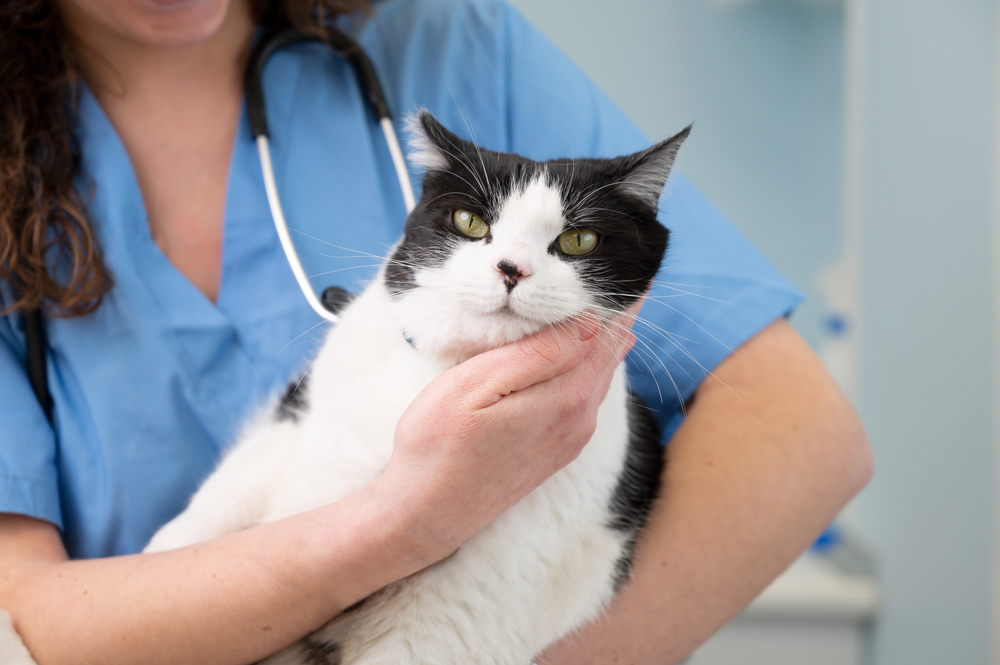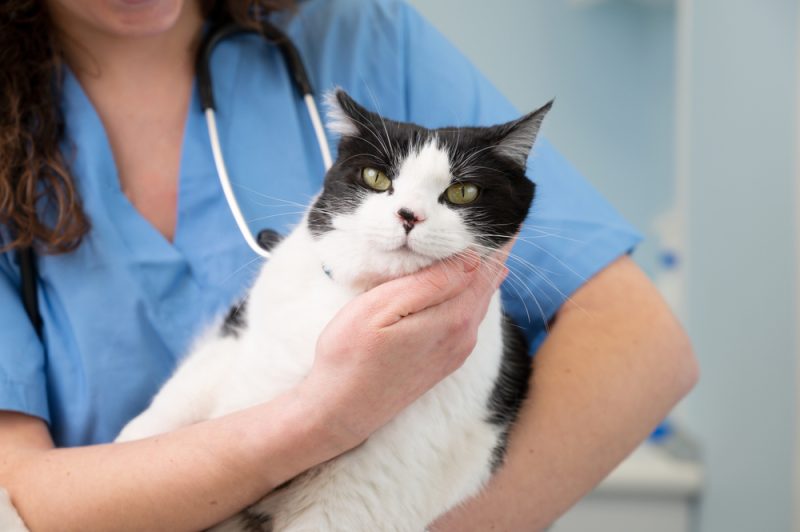There is an aspect of veterinary medicine that is called preventive care; meaning preventing health problems through proactive measures. Preventative care means better health outcomes and a happy, comfortable cat.
This guide will cover the importance of preventive care in veterinary medicine, debunk a number of myths about cat health, and go over some of the most important pillars of preventive medicine. Following these pillars can help comprehensively protect your cat against disease and can help improve your precious cat’s health and wellbeing.

Why Preventive Care for Cats Is So Important
There is an old adage that says that an ounce of prevention is worth a pound of cure. That saying is often used in human medicine, but the same thing can be said of pet medicine as well. Preventive care is proactive and informative.
Veterinary preventive medicine has come a long way in the past decade. With new treatment options and better tests, many vet clinics are able to find, treat, and manage a host of different issues before they become major problems.
Preventive care is important because it takes a proactive approach to medicine. Instead of reacting to your cat’s obvious health issues, you will be proactively preventing, discovering and managing them before they become problems. Being able to treat an issue early at your primary care vet could be better from a financial standpoint.
Lastly, preventive care helps keep your cat healthy and well for longer. Being able to head off problems before they become issues can help extend your cat’s lifespan, boost their quality of life, and keep you informed of the potential issues and pitfalls that might be lurking in the future. Knowledge is power in medicine, and knowing your cat’s predispositions and potential health problems can allow you to provide the best care for them as they age.
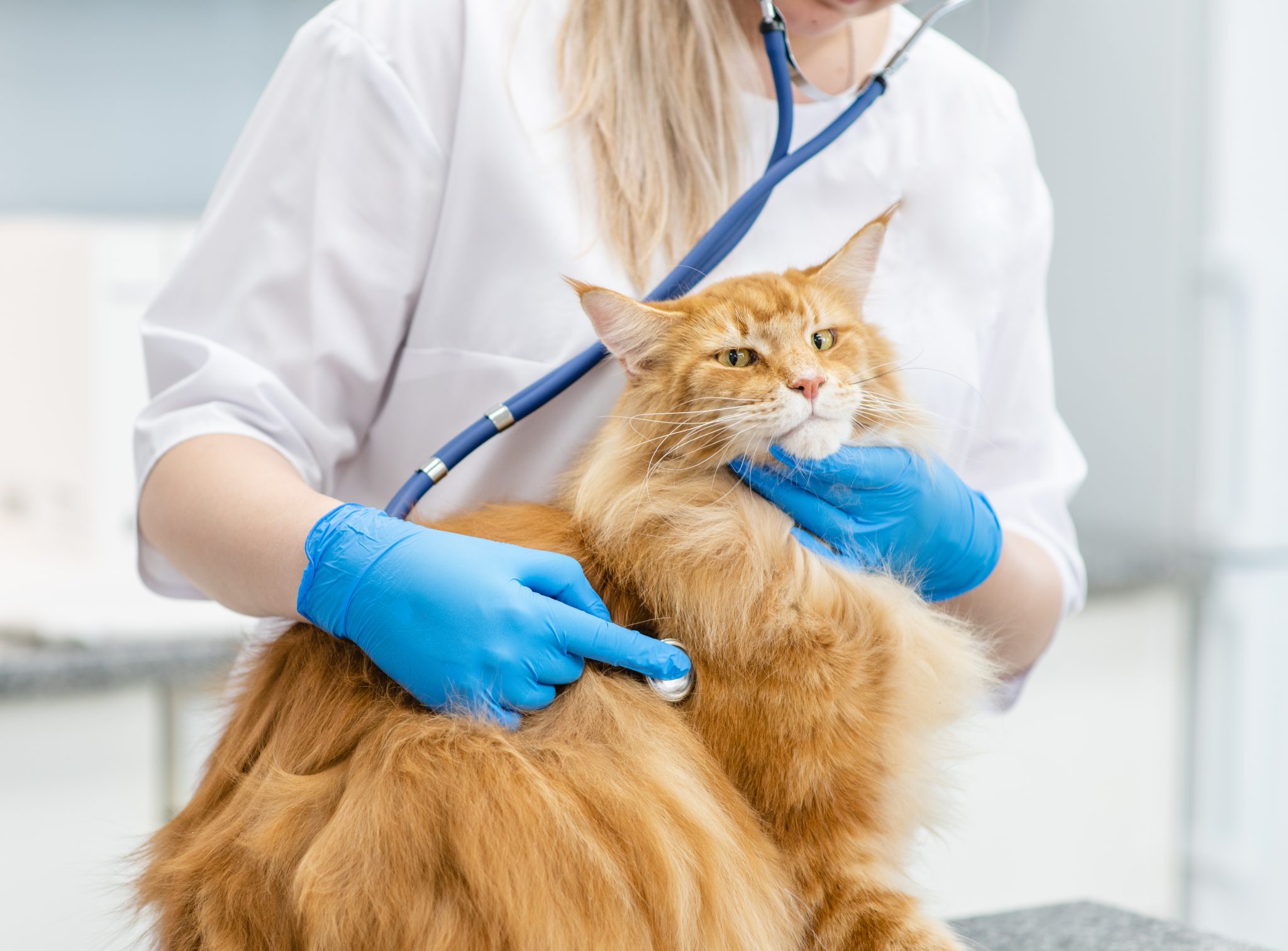

The 8 Pillars of Preventive Care
1. Regular Examinations
The first step to practicing excellent preventative medicine is to take your cat for regular examinations at the veterinarian’s office. Annual exams are the basis of all preventative medicine. It is here that your vet will check your vaccine schedule, test for any underlying problems or illnesses, give you lifestyle, nutritional, and health advice for your individual cat, and suggest preventive medications and prescriptions that you might need for the upcoming months. If your cat is in good health, you may only need to do this examination once per year, but the knowledge, information, and medicine you gain from them are invaluable.
2. Testing as Needed
During your cat’s examination, your vet might find something that requires additional testing. These tests can give you insight into what is happening with your cat’s body. There are a number of different tests that can be run, from bloodwork to fecal tests to urine analysis to x-rays. Each test will look for different problems that can give your vet the critical information needed to treat and diagnose your cat. The earlier you can find and identify a problem, the better the prognosis is for long term treatment and care.
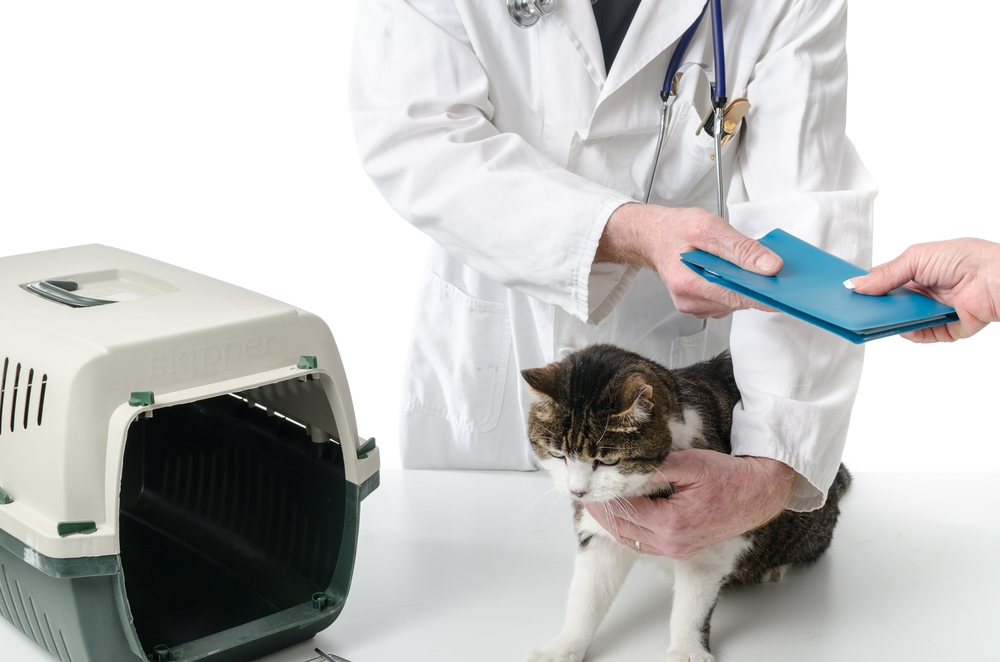
3. Spaying and Neutering
In addition to preventing unwanted litters, spaying and neutering are a form of preventative medicine. Spaying and neutering pets has a bevy of health benefits. Spaying and neutering reduce the risk of developing certain infections, cysts, and cancers. Mammary tumors are more common in entire female cats. Spaying and neutering also reduces your cat’s urge to mate and find a mate. Intact cats often try to escape and disappear during mating season because they are driven by powerful instincts and hormones. Many times, these cats get lost or injured while looking for a mate.
4. Flea and Tick Prevention
All cats are at risk of getting fleas and ticks, even indoor cats. Fleas and ticks can spread disease, cause skin lesions, and can even leave your cat anemic from loss of blood if your cat is small and the parasite burden is large. You can accidentally bring fleas and ticks inside on you, or if you have dogs that go outside for walks, they can also bring in fleas and ticks that can then jump on your indoor cat. Modern flea and tick prevention is convenient and highly effective. Putting your cat on an effective flea and tick preventative will kill any fleas and ticks jumping on your pet, and help stop fleas establishing themselves in your house.
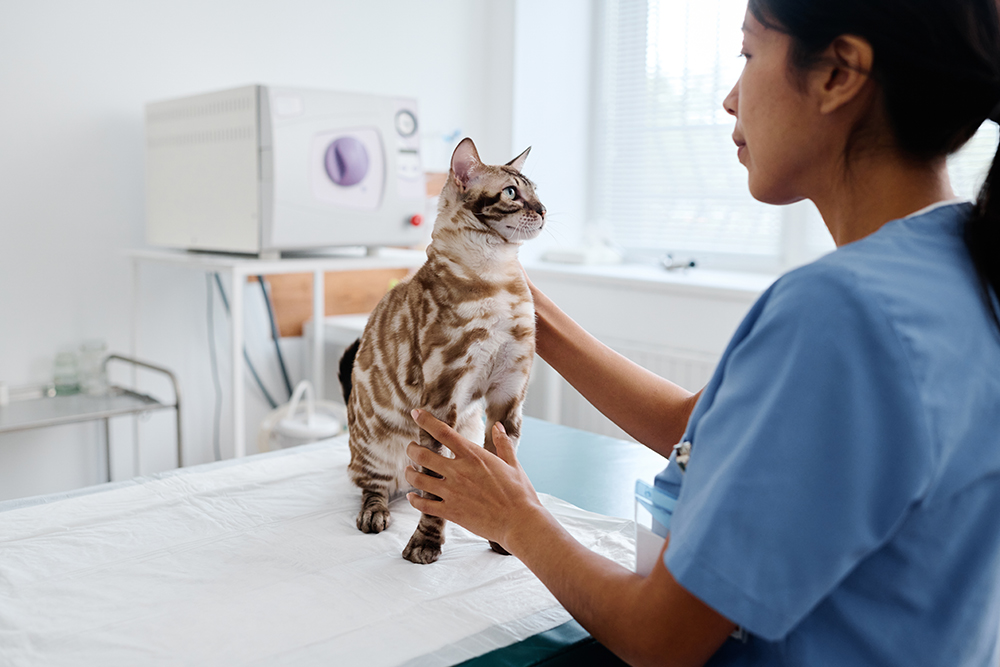
5. Parasite Detection, Treatment, and Prevention
There are a number of parasites that can infest cats outside of just fleas and ticks. There are various types of worms (like roundworms, hookworms, and tapeworms) that can dwell inside your cat’s gastrointestinal tract. Regular worming medication is needed to prevent parasitic worms, or you can do regular fecal testing and worm as needed. There are also protozoan parasites like Giardia, coccidia, and Toxoplasma, which can cause illness but unfortunately there is no preventative medication for these. Instead, the best way to avoid them is to reduce contact with infected animals and avoid raw meat ingestion.
6. Diet
A balanced and healthy diet, tailored to your cat, plays a role in keeping them healthy. Ensuring that your cat stays at a healthy weight and is eating quality food can do wonders for their long-term health. Keeping your cat at a healthy weight can go a long way in keeping them healthy as they age. Obesity is a major problem for domestic cats, and obesity is associated with a bevy of severe health issues in your cat including joint disease, diabetes, urinary issues and cancers. A premium diet is not essential, but generally has the benefit of better quality ingredients and the option of special formulas to help with conditions such as dental disease, obesity, arthritis, dermatitis, food sensitivities, and urinary problems.

7. Vaccinations
Keeping up with vaccinations is an important pillar of preventative medicine. Many people believe that cats only need to get one round of vaccines when they are kittens. That is not the case. There are a number of vaccines that require boosters and updates periodically throughout your cat’s life, after the three, monthly, kitten vaccinations. For example, most adult cats will need rabies vaccines annually, and they will also need an FVRCP vaccine every one to three years. The FVRCP vaccine is a combination vaccine that protects against Feline rhinotracheitis virus/herpesvirus 1 (FVR/FHV-1), Feline Calicivirus (FCV) and Feline Panleukopenia (FPV). Rabies is also part of the FVRCP vaccine. Keeping up with your cat’s vaccine schedule as they age, will protect them against serious but preventable diseases.
8. Dental Care
How often do you take your cat in for dental check ups? Cats need to receive regular dental care, just like dogs and humans. Without dental care, cats can develop dental issues, including tartar accumulation, gingivitis, periodontal disease and pain. These problems can affect your cat’s ability to eat and their welfare.
Cats should receive regular dental checks and dental cleans if your veterinarian deems this necessary. Keeping on top of dental problems is a big part of preventative care, but did you know that you can look after your cat’s teeth at home? Dental treats, cat toothbrushes, dental food, and water additives can help fight tartar if used regularly.
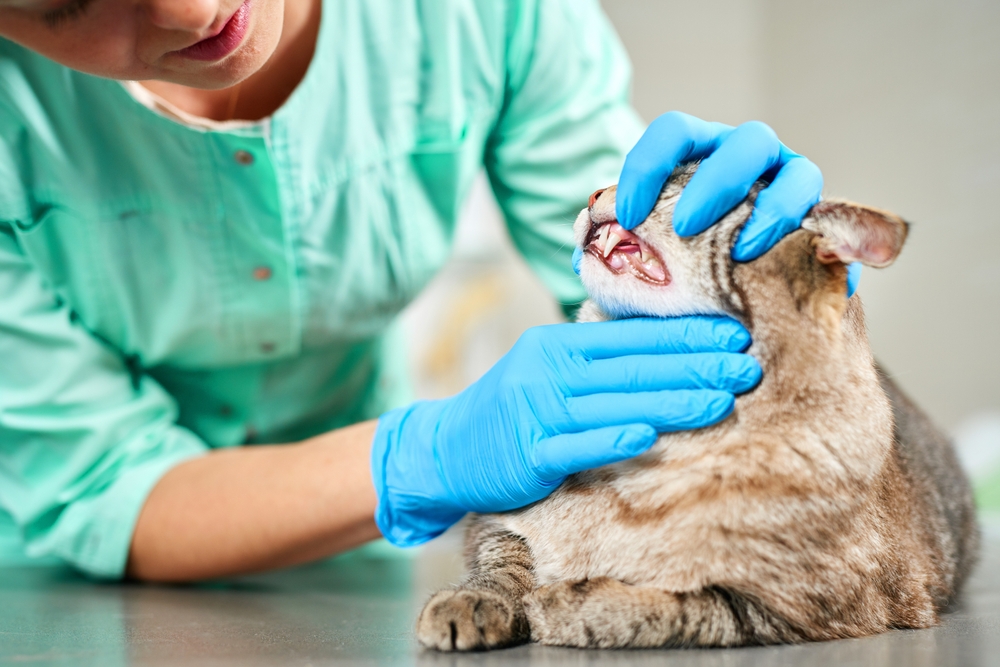

Myths About Cat Health
Indoor Cats Don’t Get Sick
Some people erroneously believe that cats that live inside all the time cannot get sick. They believe that since their cats don’t go outside, they are insulated from things that can make them sick. This is not true. Cats can get sick even when they live inside. They can develop dental disease, injure themselves, develop cancer, or become obese, all from the safety of your home. Indoor cats are less prone to getting certain infectious diseases or parasites, but they are in no way immune.

Cats Rarely Show Signs of Illness or Pain
For the longest time, there was a false belief that cats did not feel pain. Some people still think that if their cat is acting sick, they must be seriously ill or even dying. But cats are perfectly capable of feeling pain and discomfort. They show these things in more subtle ways than people, but you can detect pain in illness in cats if you know what to look for.
Cats Don’t Need to Go to the Vet as Much as Dogs
Some people think that cats are exempt from regular checkups and exams because they are healthier or more independent than dogs. That is not the case. Domestic pets should see the vet at least once per year, preferably twice per year for senior pets. That includes both cats and dogs. Dogs do not need more frequent or intensive vet care than cats, and cats should be going to the vet just as much as dogs do.
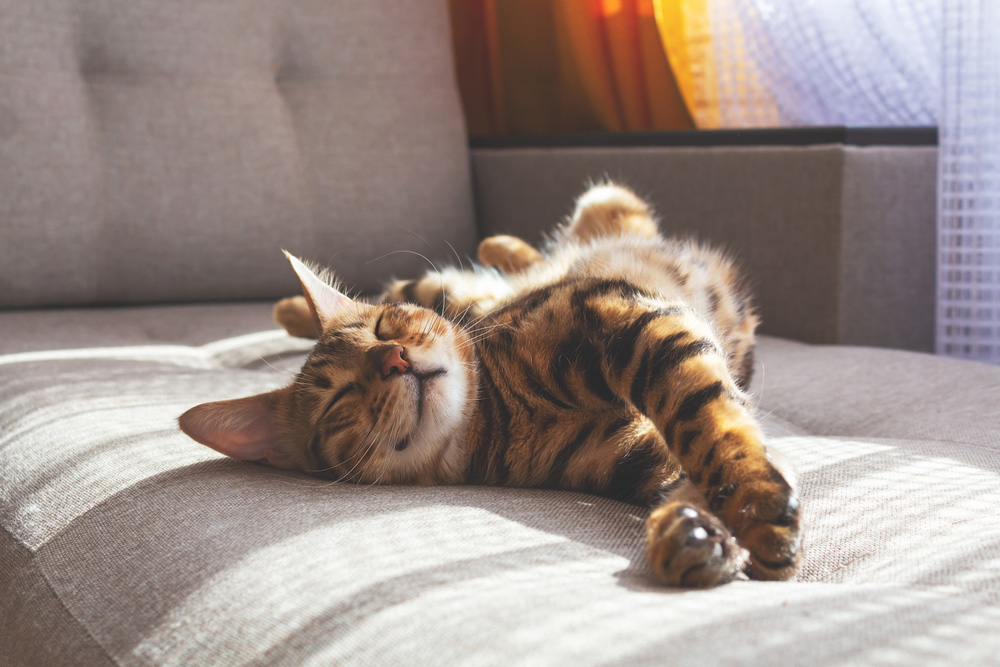

Don’t Ignore Signs That Your Cat Could Be Sick
Despite the saying “cats have nine lives,” cats require annual checkups to ensure that they are healthy. In addition, if there is something amiss with your cat, don’t wait. You know your cat better than anyone. If they stop eating, drink more or less than usual, start sleeping more, become more aggressive, or any of their toileting habits change, there could be something wrong.
If you think there is something wrong with your cat, act on it right away, for your cat’s sake, so they have a better chance of recovery and less likely to suffer from prolonged illnesses. Sometimes small problems turn into much bigger problems if not treated in a timely manner.
Don’t Let Your Cat Win the Vet Battle
In a study conducted by Bayer and the American Association of Feline Practitioners (AAFP), it was found that over half of all cats in the United States (52%) had not gone to the veterinarian in the past year. The data also showed that cats receive half the number of regular exams as their canine counterparts. Why the discrepancy? Cats are notoriously hard to take to the vet. Cats like to hide when they get the smallest inkling that something is up. They are also masters at avoiding getting into a carrier.
It will take a little training, but you can desensitize your cat to being in the carrier and being transported. First we recommend getting your cat accustomed to the carrier. Leave it out and place some treats around it to pique their interest. Then add some treats inside the carrier. When they are comfortable going inside, shut the door for a short time before letting them out. You can also do small trips in the car, when you’re not attending the vet, just to practice transporting them. This lets them know they are not going to the vet 100% of the time they get in their carrier. You can also use a calming spray on a towel placed over or in the carrier, to calm your cat.
If your cat is deathly afraid of the vet, you can try locating a local Fear Free or Low Stress certified veterinarian who is trained to make the trip as painless as possible. Your veterinarian may prescribe medications to tranquilize your cat for the visit.
It’s worth doing the extra work to make your cat’s trip pleasant, and getting them examined for their own health and wellbeing.

Conclusion
Preventive medicine is a key part of keeping your cat healthy and happy for years to come. Preventive medicine is better than reactive medicine, and it also has a higher chance of success. When you find problems early and identify lifestyle issues that can turn into problems, you can treat them before they become dangerous. Unfortunately, we know that some cats are difficult to take to the vet, but with the right training or the help of sedatives, the trip can be pleasant. Ensuring that your cat is receiving the required care and recommended visits to the vet can help keep them living their best life long into adulthood.
- See also: AI & Pet Care According to Vets
Featured Image Credit: David Herraez Calzada, Shutterstock
Contents
- Why Preventive Care for Cats Is So Important
- The 8 Pillars of Preventive Care
- 1. Regular Examinations
- 2. Testing as Needed
- 3. Spaying and Neutering
- 4. Flea and Tick Prevention
- 5. Parasite Detection, Treatment, and Prevention
- 6. Diet
- 7. Vaccinations
- 8. Dental Care
- Myths About Cat Health
- Indoor Cats Don’t Get Sick
- Cats Rarely Show Signs of Illness or Pain
- Cats Don’t Need to Go to the Vet as Much as Dogs
- Don’t Ignore Signs That Your Cat Could Be Sick
- Don’t Let Your Cat Win the Vet Battle
- Conclusion

